A friendly redditor sent me this link to a popular post on /r/funny yesterday (see Figure 1 for the picture). I might have mentioned before how it was that exact scene in the original Star Wars movie that got me into 3D computer graphics and later VR, so it got me thinking how that particular shot would have looked like if the miniature ILM used to film the trench run scene had not been flat, but exhibited the proper scaled curvature of the Death Star.
Two hours and 153 lines of code later, here are a couple of images which are hopefully true to scale. I used 160km as the Death Star’s diameter, based on its Wookiepedia entry (Wikipedia states 120km, but I’m siding with the bigger nerds here), and I assumed the meridian trench’s width and depth to be 50m, based on the size of an X-Wing fighter and shot compositions from the movie.
Side note: I don’t know how common this misconception is, but the trench featured in the trench run scenes is not the equatorial trench prominently visible in Figure 1. That one holds massive hangars (as seen in the scene where the Millennium Falcon is tractor-beamed into the Death Star) and is vastly larger than the actual trench, with is a meridian (north-south facing) trench on the Death Star’s northern hemisphere, as clearly visible on-screen during the pre-attack briefing (but then, who ever pays attention in briefings).
The images in Figures 2-6 are 3840×2160 pixels. Right-click and select “View Image” to see them at full size.
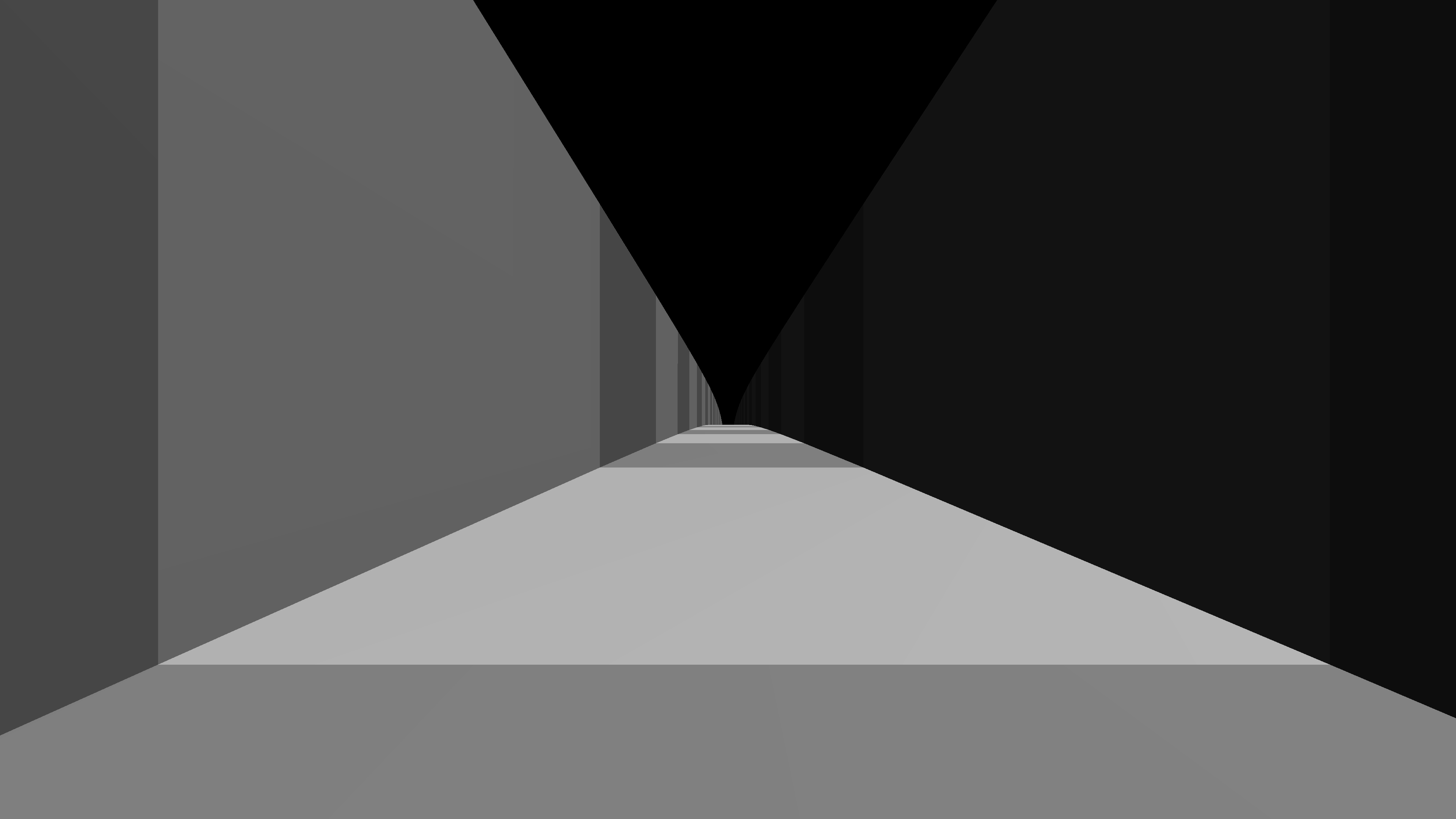

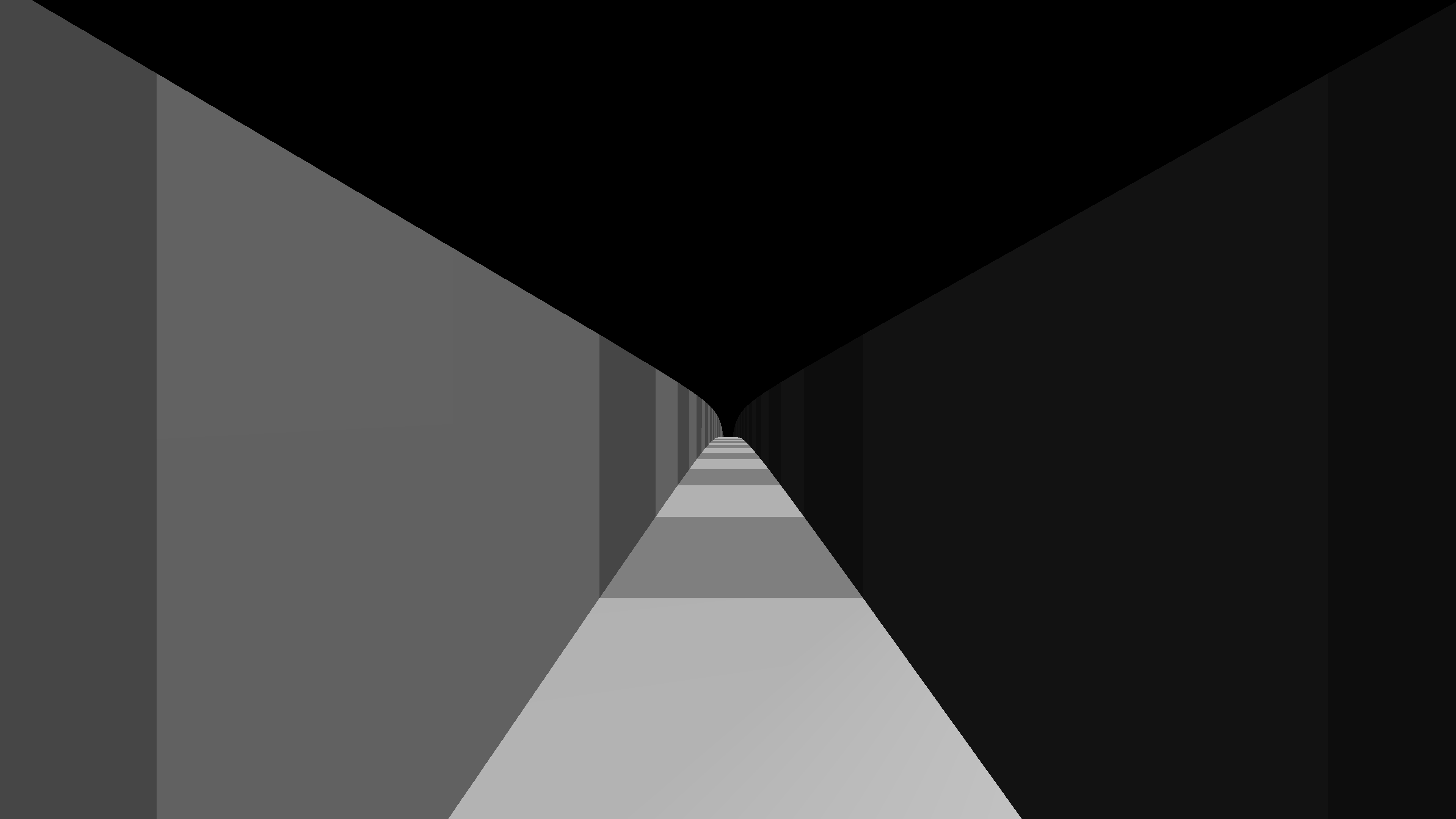
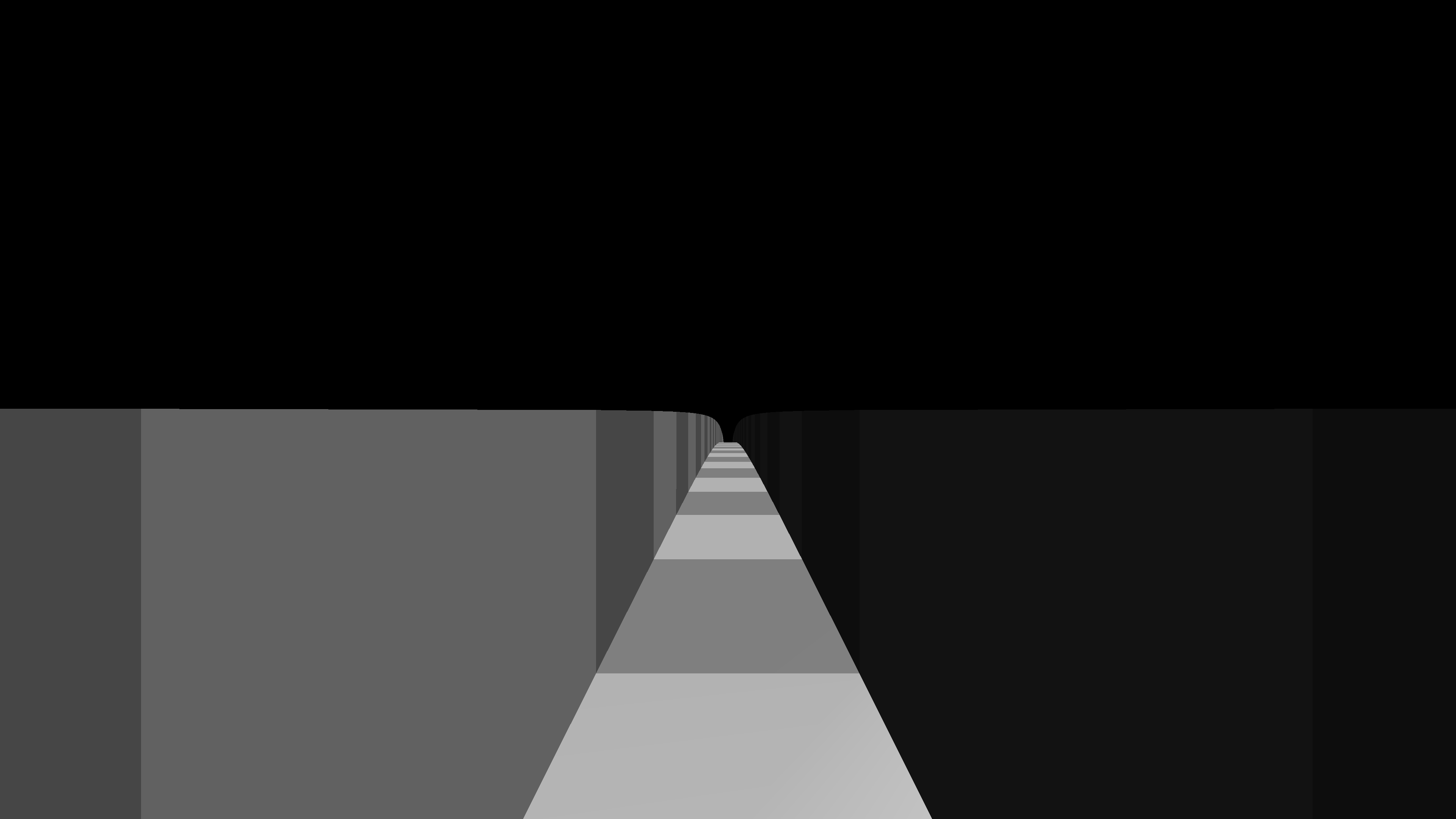
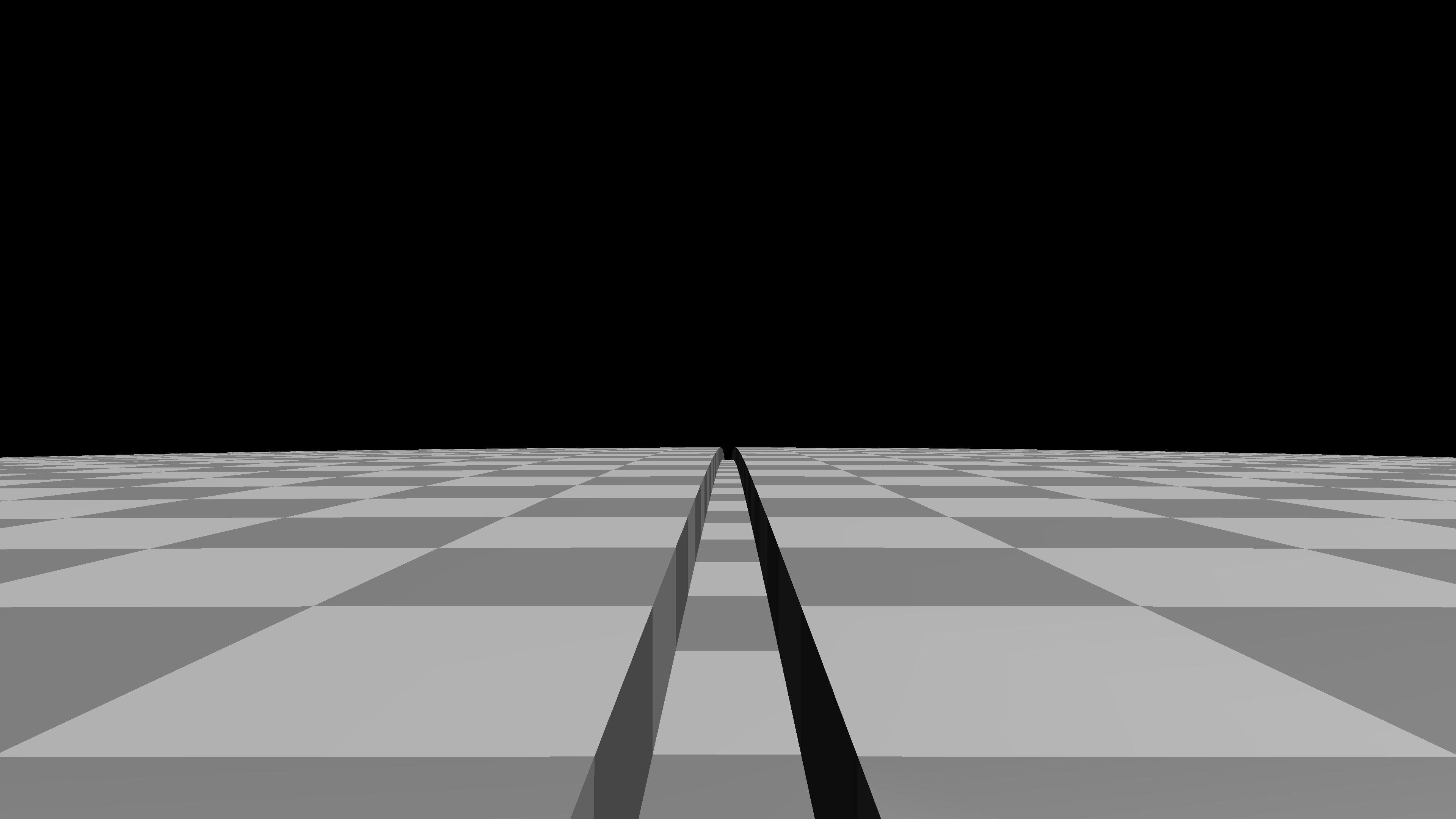
As can be seen from Figures 2-6, the difference between the flat miniature used in the movie, and the spherical model I used, is relatively minor, but noticeable — ignoring the glaring lack of greebles in my model, obviously. I noticed the lack of curvature for the first time while re-watching A New Hope when the prequels came out, but can’t say I ever cared. Still, this was a good opportunity for some recreational coding.

